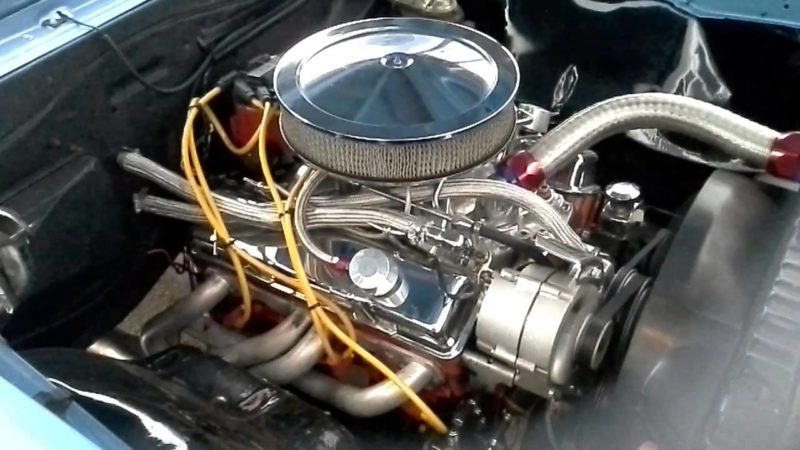
Q: My 1969 Chevy Camaro has a brand new 377 cubic inch small block, a Turbo 350 transmission (4,000 rpm stall), a 12-bolt rear-end with 4.11 gears, an MSD 6AL ignition box, Mallory Unilite distributor, Powermaster alternator, Moroso electric water pump, Holley electric fuel pump, and an electric fan.
I watched the 377 dyno at 515 horsepower at over 7,300 rpm. Once I put the engine in the car, a problem occurred.
In first and second gears, the engine starts to miss at 6,100 rpm. In third, the engine keeps climbing up over 6,500 rpm before I cross the finish line. The car still turns 11.30s at 116 mph while shifting at 6,000 rpm, but I’m afraid I’ll hurt the engine if I don’t fix the problem.
To try and fix the problem, I’ve completely rewired the car, running the fan and water pump through relays. I’ve also installed a fuel cell and 1/2–inch aluminum fuel line. Neither of these fixes has worked. I’m thinking about a new fuel pressure gauge and an MSD billet distributor, but before I spend more money, I was hoping you could help me out.
A: That’s a tricky one, so we’re going to have to put on our detective hats.
Let’s back up for a second.
What’s different between the engine on the dyno and the engine in your car?
If something is different (distributor, carb, fuel pump, etc.), take a look at that first.
If everything is the same, you should check your coil voltage (it needs to be 12 volts or more). With a 1/2-inch fuel line and the kind of power you’re making, gas can stand still in the line.
What kind of fuel pressure do you have at 6,100 rpm? Is it running lean? To check, rev up to 6,100 rpm, turn off the car, and pull a spark plug.
You’re definitely on the right track—it’s either fuel or spark. So, check these things out before you throw any more money at the problem.

Sounds like float adjustment. Problem is more when car is n lower gears pulling more g force than in third gear . I say lean float settings
Agree with Sean’s thinking. Check float adjustment.
Jetting. Do you have jet extensions in rear?
Check fuel pressure/ regulator too
Sounds like the same issue I just had… the engine wouldn’t rev pass 6300 without missing. It turned out to be a burnt wire down by the header going to the starter. Don’t just look at the wires and say they’re not touching. Physically reach down and move the wires while inspecting them. The burn was on the backside of the wire and I almost missed it. Now my engine pulls easily to 7000.
Check the plugs.
My Nova dynoed fine too, new Champion plugs were installed for the pull.
On the street, under load, it wouldn’t rev over 3500.
Tried everything too, finally installed new AC plugs, problem solved.
A low cost wide band O2 sensor in one of the headers wouldn’t be a bad idea so you can monitor Air/fuel ratio as you run down the strip.
The fact that it ran clean on the dyno, and also runs clean in high gear is a HUGE clue. If it was fuel presure/delivery or ignition the problem would occur everywhere, even in high gear. So what’s different in first and second that doesn’t happen in high? Rate of acceleration, that’s what. It’s not pulling as many “G’s” in high gear as it is in first and second. Therefore, my vote is that you need to add jet extensions onto the jets on the secondary side of that Holley. What happens under hard acceleration is all the fuel sloshes to the rear of the float bowl and ‘stands up’, uncovering the jets, causing them to suck air and you get a lean misfire. In high, it’s not pulling hard enough to make that happen. You might be able to compensate by significantly raising the fuel/float level in the rear bowl, but that will probably upset the calibration on the secondary side.
THAT’S A BB CHEVY ,FRED …LOL
The article does not state the carburetor is a Holley, assuming it is with dual fuel inlet, I agree with other commenters in that the rear float needs to be set to a higher fuel level and certainly needs secondary jet extensions to keep the jets in the fuel under acceleration in 1st and 2nd gear as from the symptoms, the engine is starving for fuel…which would not show up on the dyno nor in 3rd gear as the car is not under as much G-force…